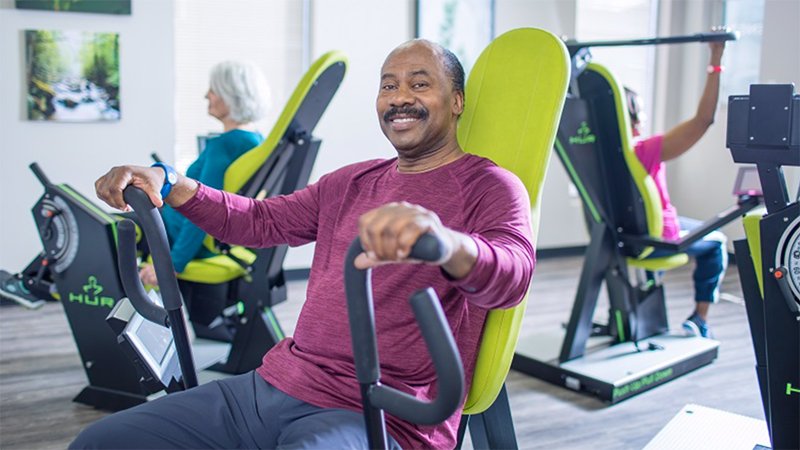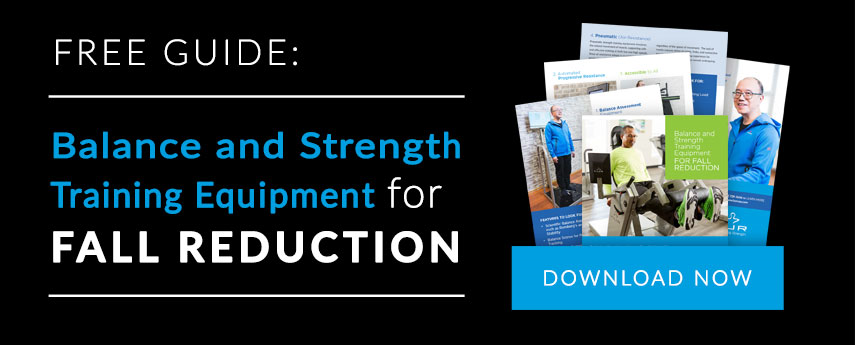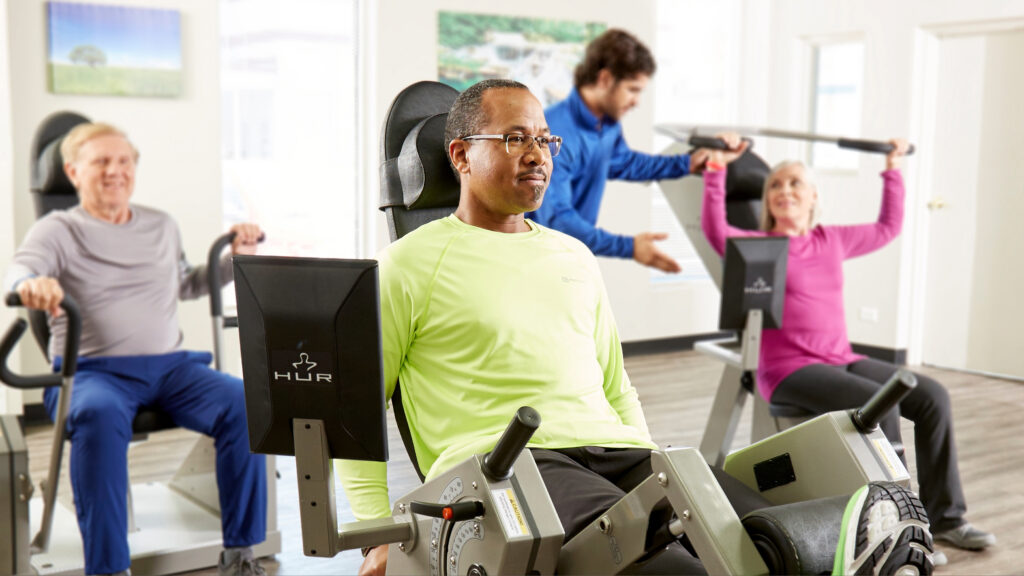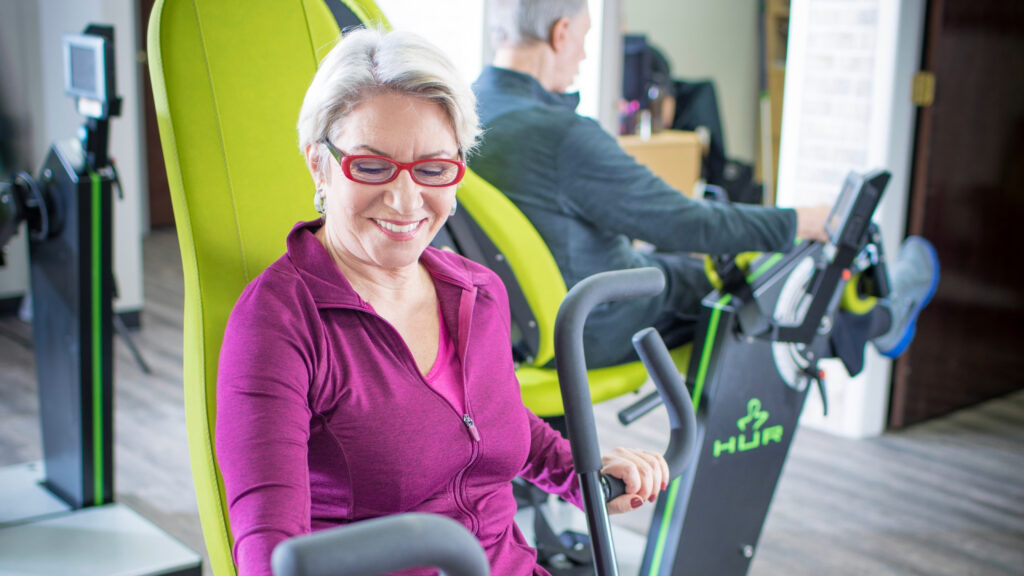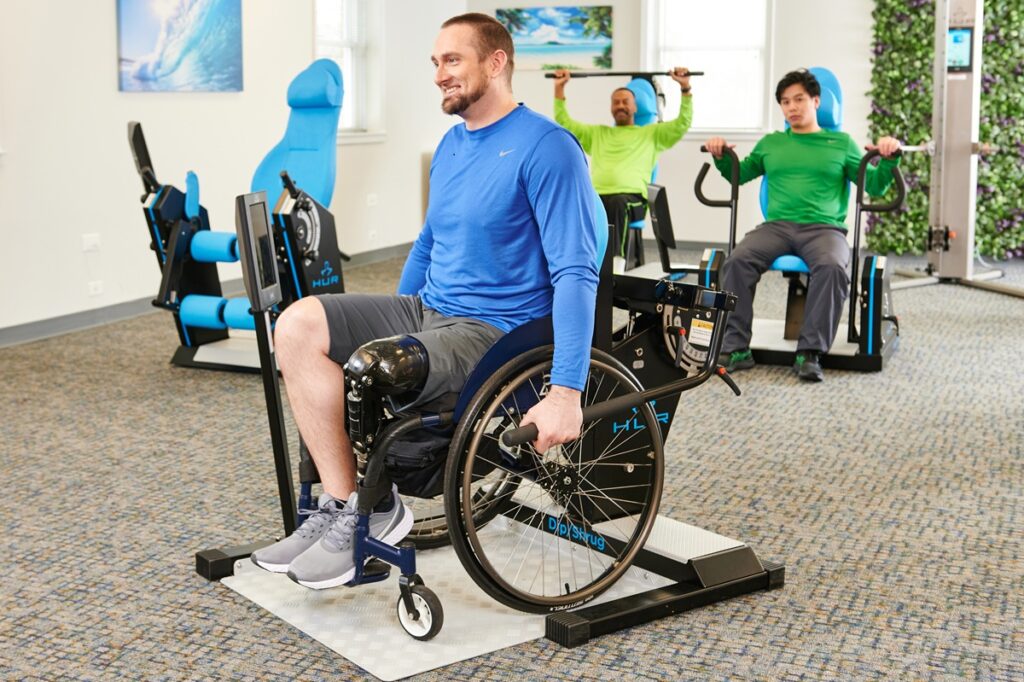Why Pneumatic Resistance is Essential for Senior Health
When pneumatic strength training resistance was first introduced in the 1980’s, the earliest adopters were mostly Olympic and professional sports teams, along with a handful of elite training facilities. But, over the past few decades, the use of pneumatic equipment has spread to include the U.S. Armed Forces, physical therapy facilities, and senior living communities across the globe, and most industry experts expect pneumatic equipment to become standard in an even wider range of fitness centers in the coming years.
Why does Pneumatic Strength Training continue to increase in popularity?
Four reasons: isometric movement, no inertia, consistent resistance throughout the exercise, and safety. Let's break each of these features down...
#1. Pneumatic machines are as close to true isotonic exercise as you can get.
The word “Isotonic” means equal tone (from the Greek “iso” and “tonos”) and maintaining equal muscle tone throughout an exercise is exactly what isotonic movement is all about.
Simply put, isotonic exercises allow your muscles to maintain the same tension throughout the exercise. It is extremely difficult (impossible, really ) to do this with will power and muscle control alone. When working on a pneumatic machine however, the machine provides the control.
Benefits of isotonic exercise include:
- Supporting a range of motion in muscles that support the activities of daily life
- Strengthens muscles with reduced risk of injury or overextension
- Improves bone density and reduces the risk of osteoporosis
- Boosts cardiovascular health
# 2. Pneumatic resistance eliminates inertia
The word Pneumatics simply means compressed air. Instead of stacks of iron weights, resistance in Pneumatic strength training machines comes entirely from compressed air.
With a traditional “weight stack” machine, unequal effort is required at different points in the exercise. More effort is required at the beginning of the exercise to get the weights moving and at the end of the movement as the user works to slow down inertia. Then, in the middle of a movement, gravity and momentum cause an actual loss of resistance.
If we were to plot each movement on a graph, we’d see a distinct curve, with the majority of resistance happening at the beginning and end of each movement. Compounding the unbalanced nature of standard weight stack machines is the speed of the movement. If a user moves through an exercise too quickly, inertia can dramatically increase, putting the user at risk of injury.
In contrast, pneumatic resistance training requires a consistent level of effort throughout an exercise. This prevents the user from swinging backwards or forwards while completing the exercise. The controlled motion protects against joint strain and over exertion that can lead to injury because the stability of the resistance is maintained by the machines.
# 3. No matter how fast you move, the resistance stays the same.
At first glance, a pneumatic strength training machine and one that uses a stack of weights might appear to accomplish the same thing, but nothing is further from the truth. With traditional weight stack machines, inertia, acceleration, and friction from cams and pulleys cause the amount of force on the body to change throughout each movement.
For example, when moving through an exercise on a weight stack machine, if you push (or pull) the weight fast for the first half of the move, momentum will cause the weights will become lighter (even weightless!) during the second half of the motion. By comparison, with pneumatic resistance, no matter how fast you move, the resistance stays the same. The result is considerably more consistent and controlled resistance when compared to free weights or weight machines.
# 4. Safety First.
The lack of inertia, controlled movements, and small resistance increases in pneumatic machines makes them one of the safest ways to train. But there’s another huge advantage to working with air instead of weight stacks: Resistance on HUR pneumatic machines is selected on a touchscreen instead of by loading or unloading heavy weights or reaching down to adjust a pin in a weight stack.
HUR Pneumatic Strength Training Machines are setting a new standard for Senior Fitness and Rehabilitation.
All HUR strength training machines include zero starting load and step-less resistance adjustments, making them appropriate for all ability levels. For nearly all traditional weight stack machines, the minimum level of resistance can be as much as 10 or 20 pounds, with increases as high as 2.5 to 5 pounds. For many seniors, this means that increasing the amount of resistance by the minimum amount can be too much, leading to pain and injury.
HUR machines function through a resistance method that employs a natural transmission of power, which simulates the natural movements of your muscles.
With weight stack machines, if the user increases speed, their movements create inertia, distorting the loading on the muscle, straining the joints, and putting the user at risk for injury. In contrast, pneumatic technology allows resistance to remain appropriate to the production of force, regardless of how quickly the user is moving through the exercise.
HUR’S PNEUMATIC ADVANTAGE:
- HUR machines are comfortable and virtually silent, allowing them to be located in spaces external to an actual fitness facility
- Users can easily operate HUR machines independently, thus reducing the need for constant assistance or guidance
- Simple touch screen controls make HUR machines easy to adjust and use
- Zero resistance starts making it possible to start rehabilitation early
- Compact and multi-function machines save space.
- Range limiters allow control over where a movement starts and ends, making rehabilitation safe
- Natural Transmission pneumatic technology reduces the pressure and impact on muscles and joints
